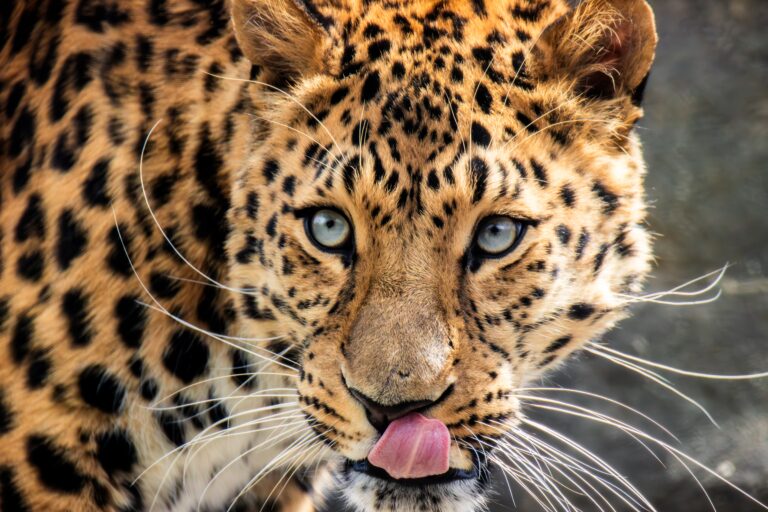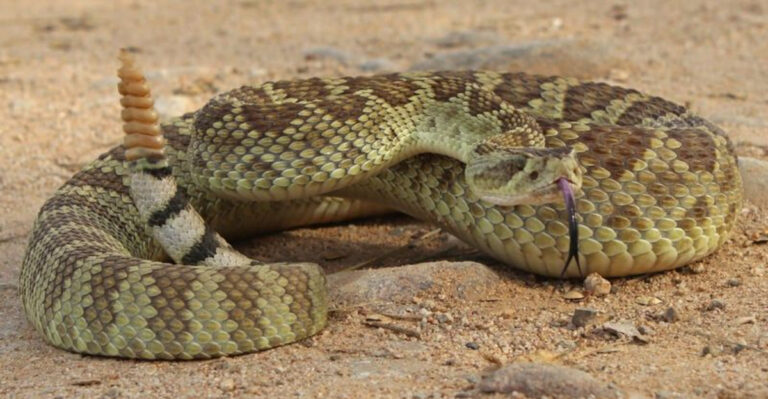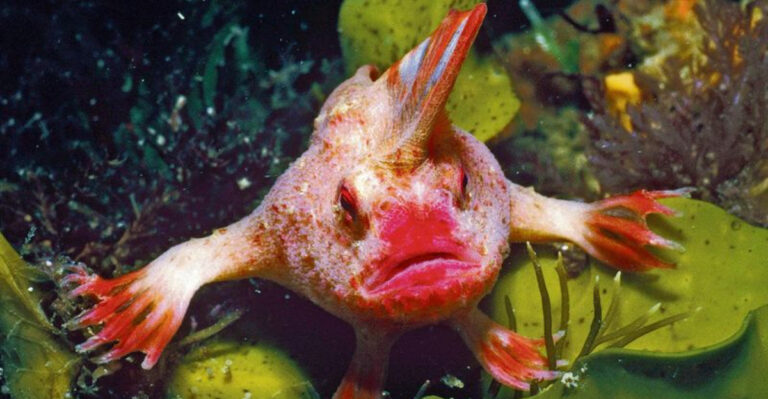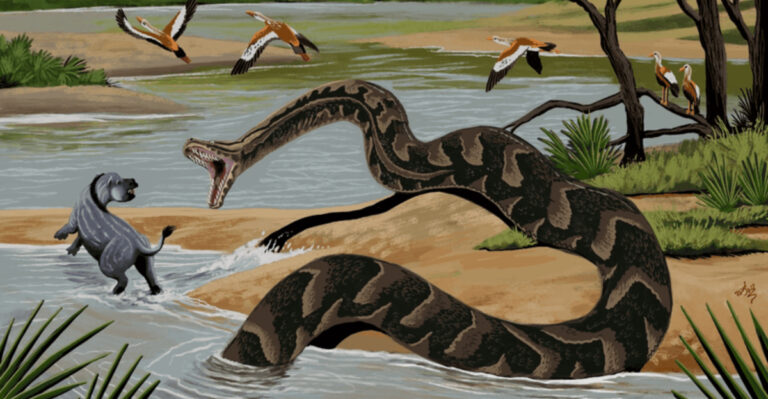A Fossilized Dino Nest Was Found Intact
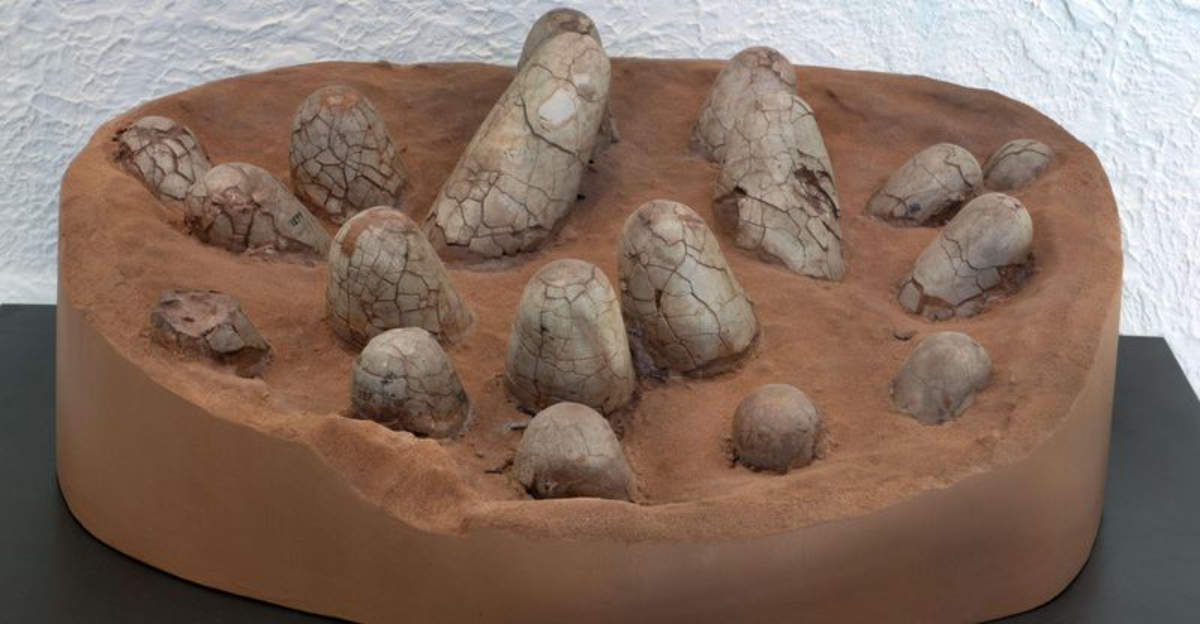
Scientists stumbled upon something extraordinary in the Gobi Desert – a perfectly preserved dinosaur nest with eggs still inside!
This rare find changed what we knew about dinosaurs and how they cared for their babies. The discovery opened a window into the ancient past, showing us that some dinosaurs were actually devoted parents rather than just scary monsters.
The Discovery Of An Intact Fossilized Dinosaur Nest
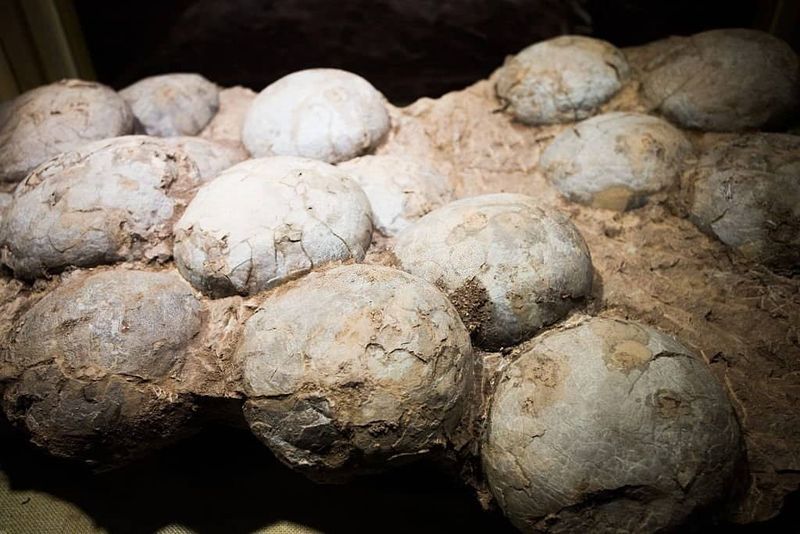
During the famous Central Asiatic Expeditions led by Roy Chapman Andrews, paleontologists unearthed a remarkable treasure in Mongolia’s Gobi Desert. The team couldn’t believe their eyes when they spotted eggs poking out from red sandstone.
What made this find special wasn’t just the eggs, but how they were arranged – in a perfect circle, just as the dinosaur had left them millions of years ago.
The Significance Of Preserved Dinosaur Nests In Paleontology
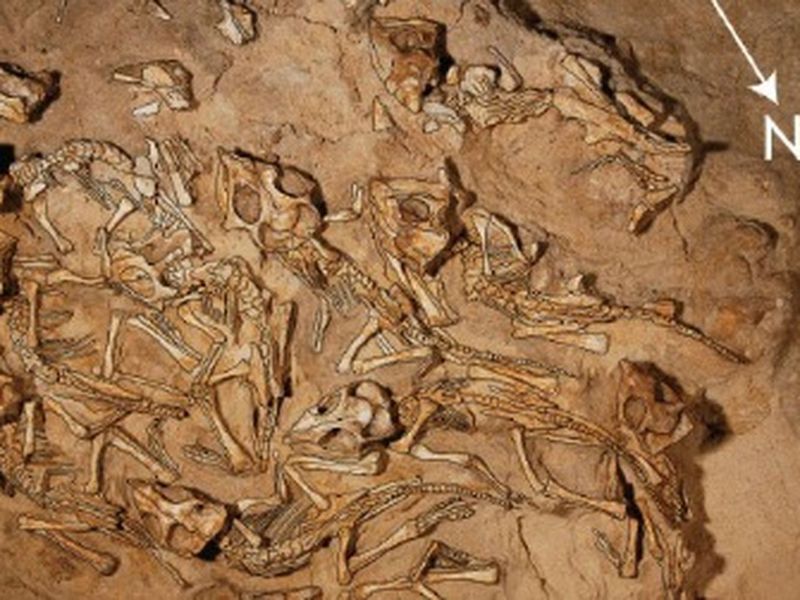
Before this discovery, scientists had only bones to study, leaving huge gaps in understanding dinosaur behavior. Finding a complete nest was like stumbling upon a prehistoric family photo album!
Suddenly, experts could examine how dinosaurs reproduced and cared for offspring. This single nest provided more information about dinosaur family life than decades of studying isolated fossils had revealed.
How The Nest And Eggs Were Perfectly Preserved
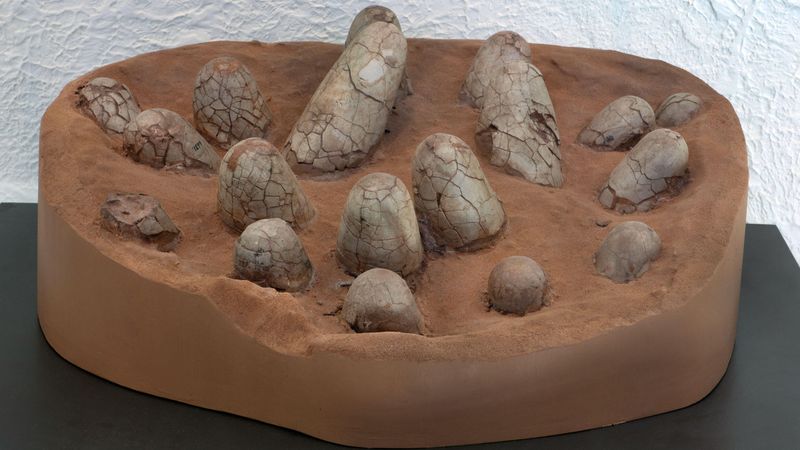
Mother Nature became an excellent fossil-maker when a sudden sandstorm buried this nest around 80 million years ago. The sand quickly covered the eggs, protecting them from scavengers and weathering.
Over time, minerals seeped into the eggs and nest materials, slowly replacing organic matter. This process, called permineralization, turned the fragile remains into stone while maintaining their original shape and arrangement.
Identifying The Parent Dinosaur Oviraptor Philoceratops
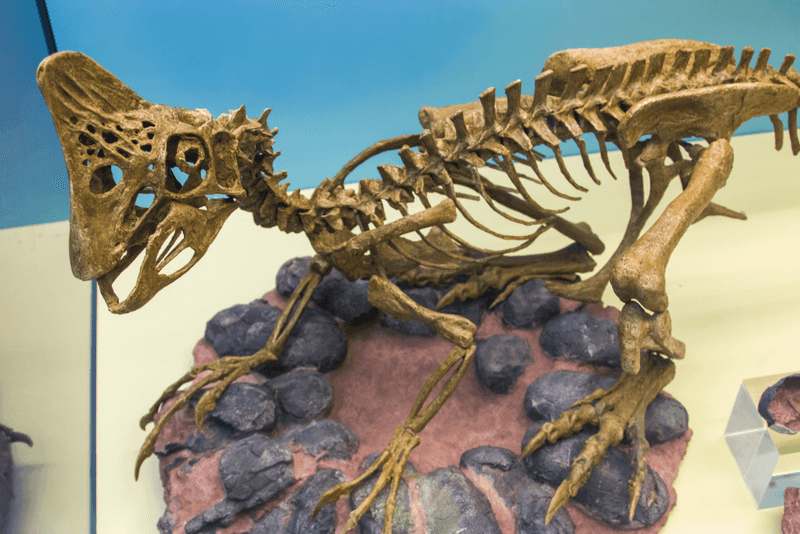
Talk about being in the wrong place at the wrong time! A dinosaur skeleton found right on top of the nest was initially named “Oviraptor” – meaning “egg thief” – because scientists thought it was stealing the eggs.
The creature had a parrot-like beak, feathers, and was about the size of a turkey. Years later, researchers realized this wasn’t a thief at all, but a parent who died protecting its babies during that ancient sandstorm.
Rewriting The Myth About Oviraptor Behavior
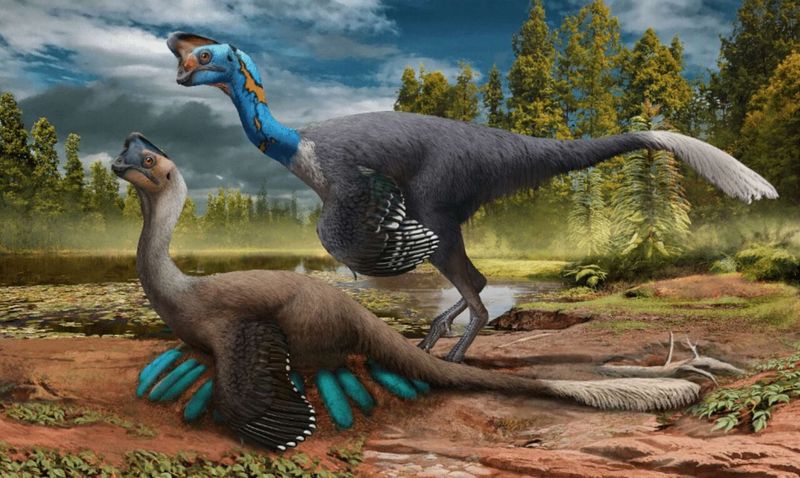
Poor Oviraptor got stuck with a terrible reputation! For decades after its discovery, museum displays showed it as an egg-stealing villain based on where it was found.
Everything changed when scientists found more nests with adult Oviraptors in brooding positions – just like modern birds sit on eggs. The evidence was clear: these dinosaurs weren’t egg thieves but devoted parents who gave their lives protecting their nests.
What The Nest Tells Us About Dinosaur Parenting Habits
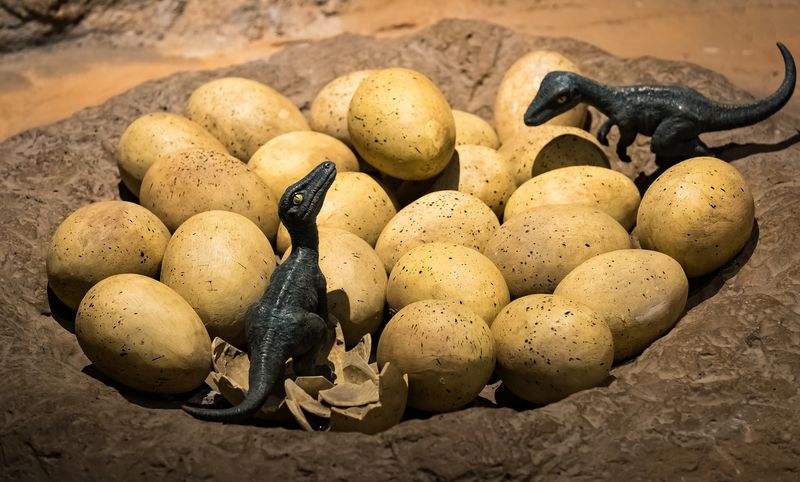
Who knew dinosaurs were such attentive parents? The eggs in this nest weren’t dumped randomly but carefully arranged in a circle with the parent sitting in the middle – exactly how modern birds nest!
Scientists noticed something even more fascinating: the eggs were partially buried in sand, with their narrow ends pointing toward the center. This arrangement allowed the parent to distribute body heat evenly while protecting all eggs from predators.
Insights Into Dinosaur Evolution And The Bird Connection
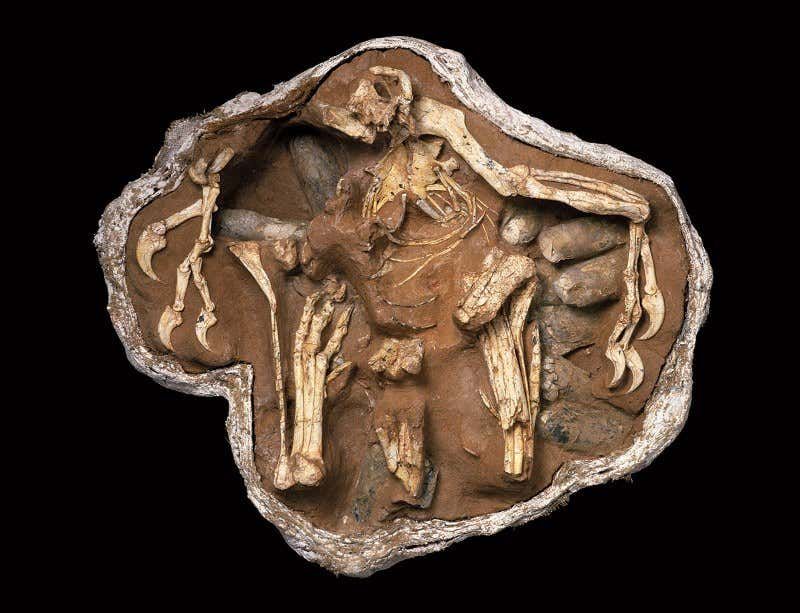
Feathers on the fossilized parent dinosaur sent shockwaves through the scientific community! The nest showed striking similarities to modern bird nesting behavior, strengthening the dinosaur-bird connection.
The way the eggs were arranged, how the parent sat on them, and even the brooding posture matched what we see in chickens today. This nest became a missing puzzle piece in understanding how fearsome dinosaurs evolved into the birds singing outside your window.
How The Nest Provides Clues To Dinosaur Reproductive Strategies
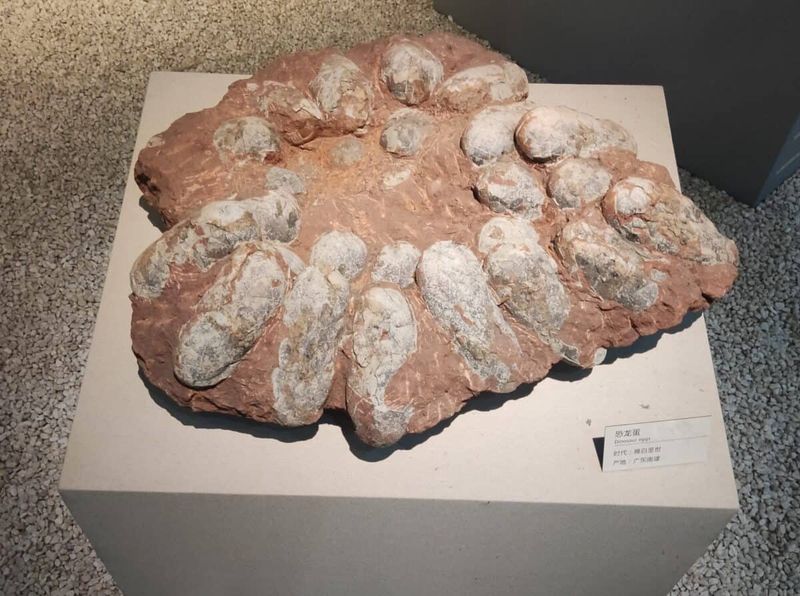
Counting eggs reveals dinosaur family planning! This nest contained around 15-20 eggs – far fewer than reptiles but similar to birds, suggesting quality over quantity in offspring.
The eggs themselves tell a story too. Their elongated shape and porous shells indicate they needed warmth and air like bird eggs, not burial like reptile eggs. Analysis of growth lines inside the shells shows these babies developed quickly, another bird-like trait rather than reptilian.
The Ongoing Importance Of Fossilized Nests In Understanding Prehistoric Life
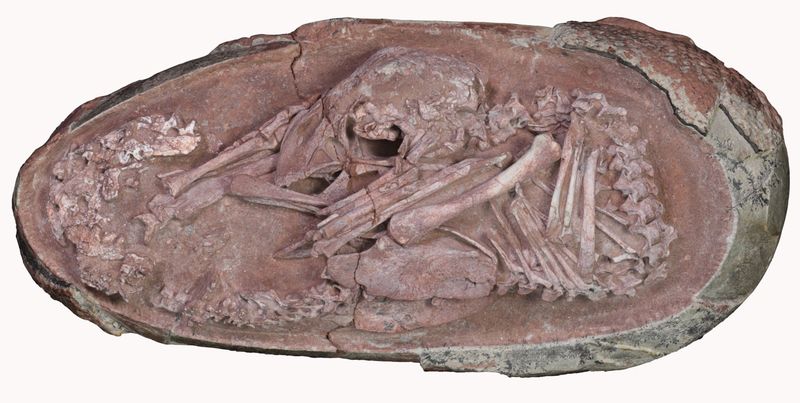
Fossilized nests continue to rewrite dinosaur history books! New technology lets scientists scan eggs without breaking them, revealing embryos frozen in time inside their shells.
Researchers can now extract ancient DNA and proteins from some specimens, opening doors to understanding dinosaur genetics. Each new nest discovery adds pieces to the puzzle of how these magnificent creatures lived, loved, and raised families millions of years before humans walked the Earth.


